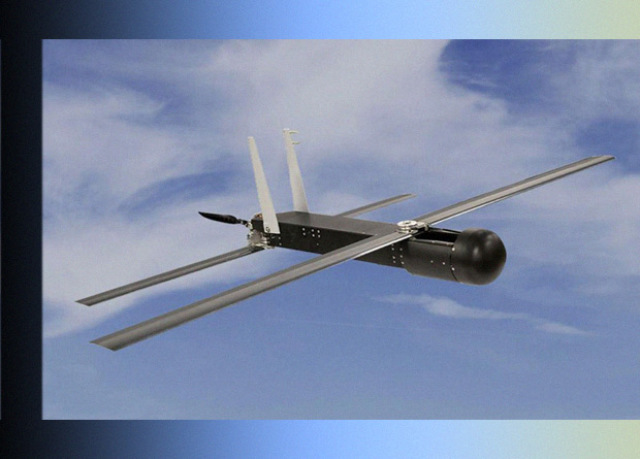The US army tested a Coyote drone against a swarm of ten drones. Coyote neutralized the swarm with "non-kinetic means". As he writes The Drive, usually so called signal suppression systems or microwave emitters.
You can fight drones in different ways: with firearms, a laser, a hand- held mesh gun or an anti-drone radio propeller . Coping with a swarm of drones is more difficult. There can be a hundred drones in it, and even if you shoot down most of them, there is a chance that the rest will still break through to the goal.
The Coyote is a small expendable tube-launching drone with a folding wing and flexible rubber blades of a pusher propeller. It can stay in the air for up to 30 minutes and fly at a distance of up to 80 kilometers. The drone was supposed to be an inexpensive platform for surveillance and reconnaissance, but in the end it found many other applications. For example, it was upgraded for flights inside hurricanes.
In 2018, the US Army [...] signed a contract with Raytheon to modify the Coyote to intercept other drones. It was assumed that Coyote would catch quadrocopters and aircraft and helicopter types weighing up to 600 kilograms. Raytheon has already tested modified drones, releasing 12 Coyotes for 12 targets. Of these, 11 successfully completed the task, and one was unable to get into the air due to improper engine operation.
Raytheon announced on July 21 that the US Army had tested the Coyote against a swarm of ten drones of different sizes, range and maneuverability. The drone disabled them by "non-kinetic means". The company does not specify which ones, but it is usually called signal suppression systems or microwave emitters. The Drive suggests that we are talking about an emitter, especially since Raytheon has previously tested an installation capable of burning out the onboard electronics of drones.
In addition, the MORFIUS anti-drone drone with a microwave emitter was recently introduced by another American company Lockheed Martin. Earlier we wrote that its total capacity can reach one gigawatt.
Vasilisa Chernyavtseva

